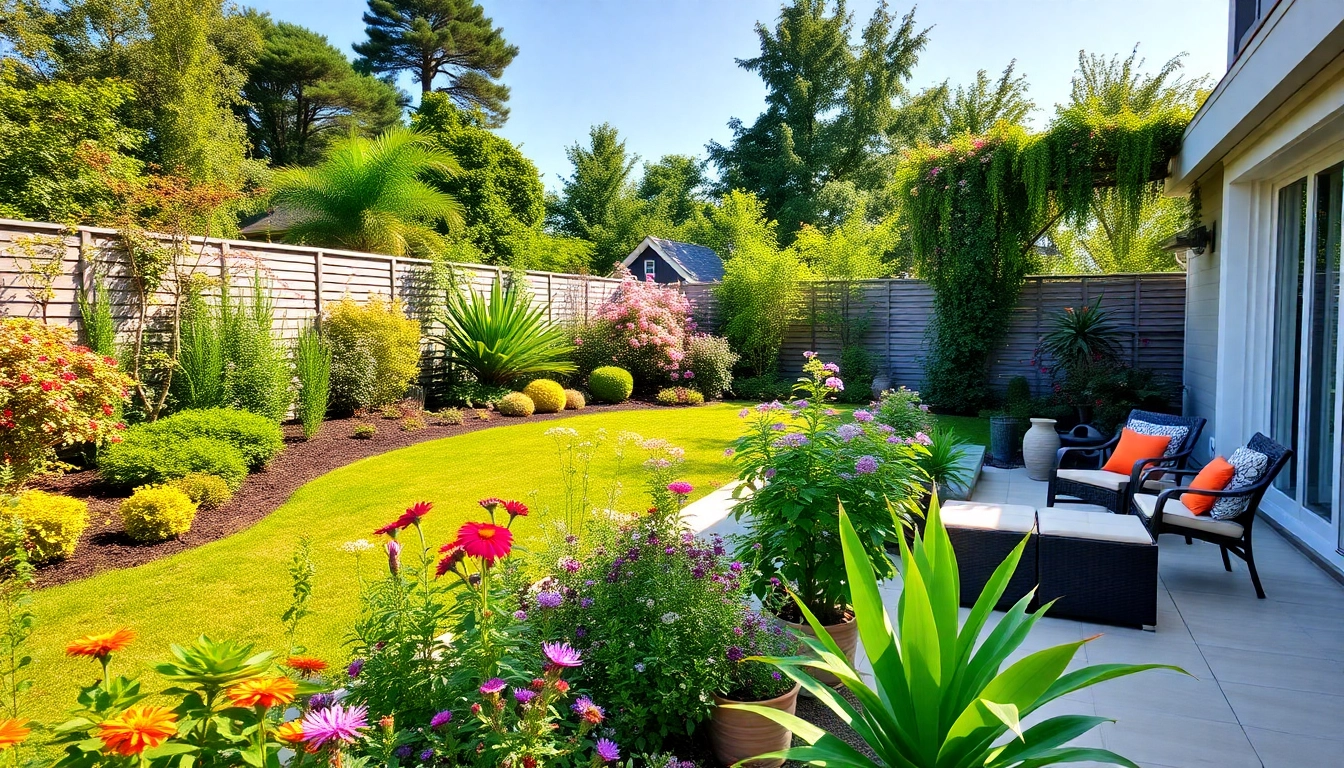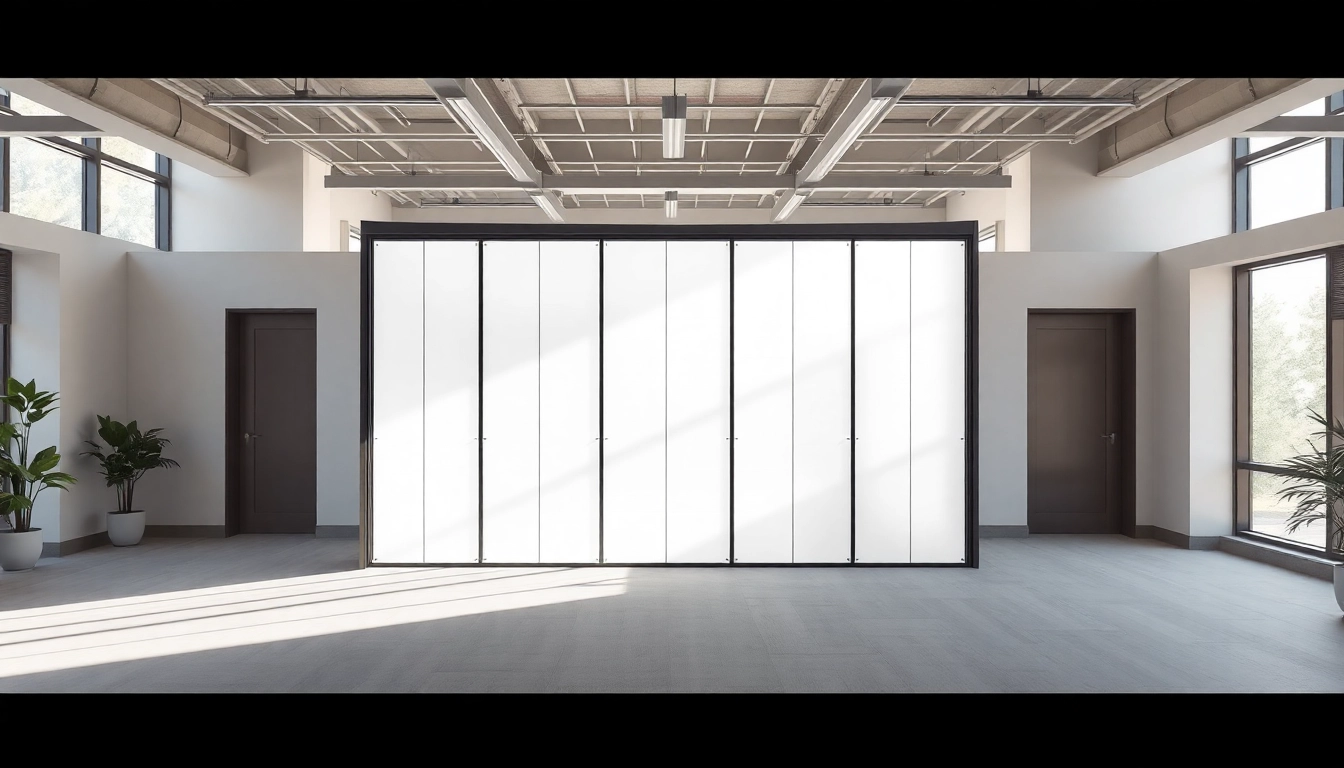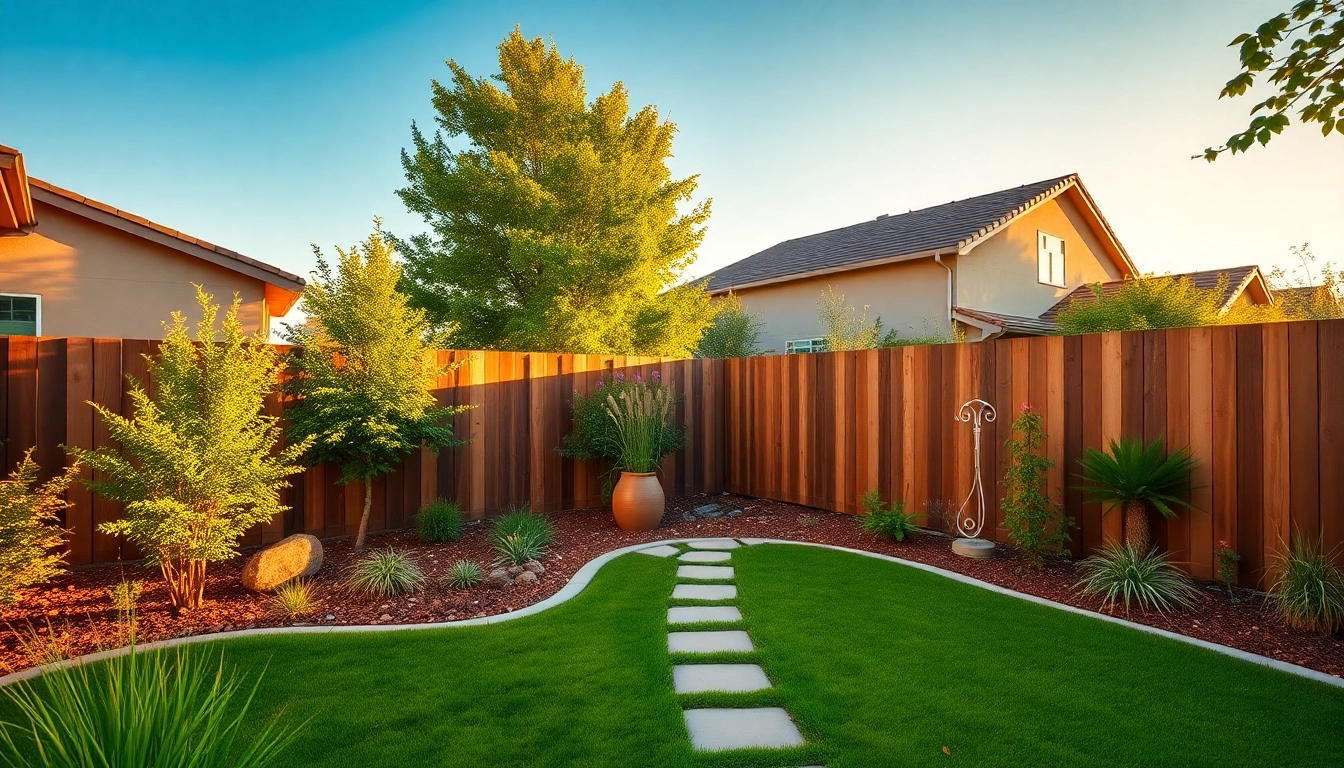Understanding Landscaping Company Pricing
What Influences Landscaping Company Costs?
Determining the cost of landscaping services can often feel overwhelming, especially for homeowners looking to enhance their outdoor spaces. A variety of factors influence landscaping company pricing, including the complexity of the project, the materials used, and the geographic location. Knowing what affects these costs can help you plan your budget effectively.
First and foremost, project scope plays a critical role in determining pricing. Simple tasks such as lawn mowing or hedge trimming typically cost less than comprehensive projects like landscape design, installation of new features, or irrigation systems. The experience and qualifications of the landscaping team also contribute to the pricing—more experienced professionals will often charge higher rates.
Additionally, seasonal demand can impact costs. For instance, many homeowners schedule landscaping work in spring or summer, making these peak seasons for contractors. As demand rises, companies may adjust their rates accordingly. Lastly, access issues and local regulations can affect pricing; landscaping jobs in hard-to-reach locations may incur extra fees, and compliance with local laws might require permits that only add to the cost.
Comparative Analysis of Pricing Structures
Landscaping companies typically utilize different pricing structures to reflect their services. One common model is the hourly rate, where contractors charge for the actual time spent on the job. This model is suitable for smaller tasks but may become pricey for larger projects.
Another structure is project-based pricing, where contractors provide a flat fee for the entire job based on estimated hours, materials, and other factors. This approach often works well for comprehensive projects where defining scope and costs upfront is essential. Moreover, some companies offer package deals that bundle services at a discounted rate, which can be particularly appealing to homeowners looking to address multiple areas of their yard.
Lastly, some contractors might implement a cost-plus pricing strategy, where they charge for materials and labor plus a percentage markup. Understanding these pricing structures can empower homeowners to choose the model that best fits their project and budget.
Common Pricing Mistakes to Avoid
Misunderstandings and oversights regarding landscaping pricing are common and can lead to unexpected expenses. One of the frequent mistakes is not requesting detailed estimates. Homeowners should ensure that quotes are comprehensive, outlining labor, materials, and any additional costs.
Another mistake is going for the cheapest option without assessing quality. While staying within a budget is important, opting for the lowest bidder can compromise the quality of work and materials. It’s often advisable to consider value rather than just price. Lastly, failing to account for seasonal changes can lead to higher costs, especially if urgent work is needed during peak seasons.
Basic Lawn Care vs. Advanced Landscaping Projects
When considering landscaping, it’s essential to differentiate between basic lawn care and advanced landscaping projects. Basic lawn care typically includes mowing, edging, and fertilizing, which can range from $50 to $200 per visit, based on yard size and frequency. These routine services can be done on a weekly, bi-weekly, or monthly basis.
On the other hand, advanced projects such as installing hardscaping features (like patios and retaining walls) or full landscape redesigns can cost anywhere from $2,500 to $20,000, depending on complexity and materials. Homeowners should assess their long-term landscape goals and determine where they wish to invest their financial resources.
Seasonal Services: What to Expect
Landscaping services often vary by season, and the costs associated with these services can fluctuate considerably. In spring, homeowners might focus on yard clean-up, mulching, and planting, which could cost $300 to $800. During summer, regular maintenance such as mowing and pest control can tally $100 to $400 monthly.
In the fall, services may involve leaf removal and preparation for winter, with costs ranging from $200 to $600. Finally, winter services like snow removal or winterizing plants can lead to a fee of around $250 to $1,000, depending on the scope of work. Understanding these seasonal expectations can help homeowners better budget throughout the year.
Factors Affecting Pricing Variations
Sites with unique characteristics can affect pricing variations. Sloped yards, for instance, may require specialized techniques or drainage systems, adding to labor costs. Similarly, landscaping projects on smaller lots may have limitations regarding equipment access, which can raise costs as well.
Additionally, geographical location impacts landscaping pricing. Urban areas with higher living costs often see inflated service prices compared to rural regions. It’s beneficial for homeowners to gather quotes from multiple contractors in their area to get a sense of legitimate market pricing.
Estimating Costs Based on Your Needs
Budgeting for landscaping needs starts with understanding your specific goals. Whether you’re seeking to plant a garden, install a deck, or completely overhaul your yard, beginning with estimated costs based on the desired outcome is vital. Researching and collecting quotes from several contractors can help formulate a realistic budget, as variations in proposals can highlight the typical cost range in your area.
In addition to labor and materials, homeowners may also want to allow for additional expenses related to permits, maintenance, and unexpected issues that arise during projects, which can often increase the overall budget. A good rule of thumb is to set aside an additional 10-15% to cover unforeseen costs.
Tips for Staying within Your Landscaping Budget
Staying within budget is achievable with strategic planning. Start by prioritizing the most essential aspects of your landscaping project and addressing those first before moving on to optional features. This helps curtail costs while enabling you to see immediate improvements.
Furthermore, try to schedule your landscaping work during the off-peak seasons when contractors may offer discounts due to lower demand. Lastly, consider DIY elements for smaller tasks such as planting or garden maintenance, which can help minimize labor costs.
When to Invest More in Quality
While it’s crucial to adhere to a budget, homeowners should recognize when to invest more in quality. Projects that increase property value, such as high-quality decking or thorough landscaping designs, often yield returns in both aesthetics and market value. Investing in durable materials or professional installation can prevent costly repairs and reductions in efficiency in the long run.
Additionally, specialized services such as irrigation installation or landscape lighting should be trusted to experienced professionals who can ensure longevity and effectiveness, further justifying higher spending on these tasks.
How to Evaluate Multiple Quotes
When evaluating landscaping quotes, homeowners should look beyond the total cost and consider the inclusion and quality of services. For instance, a quote that seems lower may be missing crucial maintenance services or high-quality materials. Compare details such as labor hours, equipment used, and specific tasks included in each quote to gain a clearer perspective on overall value.
Consider also the contractor’s reputation and customer reviews. High-quality providers may charge more but tend to deliver superior service and results, making them a more favorable option in the long run.
Ask the Right Questions Before Hiring
The success of a landscaping project often hinges on the questions for potential contractors before hiring. Homeowners should inquire about licensing, insurance, and experience, specifically in services that align with your project needs. Requesting to see previous work or portfolios can provide insight into the contractor’s skill level and style.
Moreover, understanding the timeline for the project completion and any possible contingencies is crucial. Lastly, securing detailed written specifications ensures accountability and clarity in the scope of work to be performed.
Understanding What’s Included in Quotes
A common oversight among homeowners is failing to fully understand what’s included in landscaping quotes. Detailed quotes should itemize services, materials, equipment rental costs, and labor estimates. Any potential extra charges for additional services or unforeseen complexities should also be clarified upfront to avoid surprises down the line.
Homeowners should also confirm whether warranties or guarantees are provided for materials and workmanship, which can enhance long-term satisfaction and value.
Long-Term Benefits of Professional Landscaping
Professional landscaping yields substantial long-term benefits that extend beyond just visual appeal. Thoughtfully designed outdoor spaces can contribute to environmental sustainability, encouraging native plant growth and biodiversity. Quality landscaping can also decrease maintenance costs and water usage by utilizing efficient irrigation systems.
Moreover, well-executed landscaping designs can significantly enhance property values, often providing a return on investment that makes landscaping not just an expense, but a smart financial decision.
Enhancing Property Value Through Smart Investments
Investing in landscaping can yield impressive returns. Research indicates that curb appeal enhances property value by up to 15% in some cases. Homeowners should consider smart landscaping investments like adding attractive trees, native plants, and well-placed hardscaping elements that can draw potential buyers’ interest.
Additionally, creating outdoor living areas or functional spaces such as patios or decks can not only increase usability but also significantly boost market appeal, making this a wise investment for future resale.
Tips for Ongoing Maintenance to Control Costs
Effective maintenance is vital for controlling landscaping costs over time. Regular practices such as properly mulching, mowing, and watering can prolong the life of plants and reduce the frequency of costly replacements. Investing in energy-efficient irrigation systems can also minimize water usage and improve plant health, thus avoiding additional costs down the road.
Homeowners should develop a maintenance schedule and consider engaging professionals for seasonal maintenance tasks, ensuring their investment continues to flourish while maximizing potential value.



